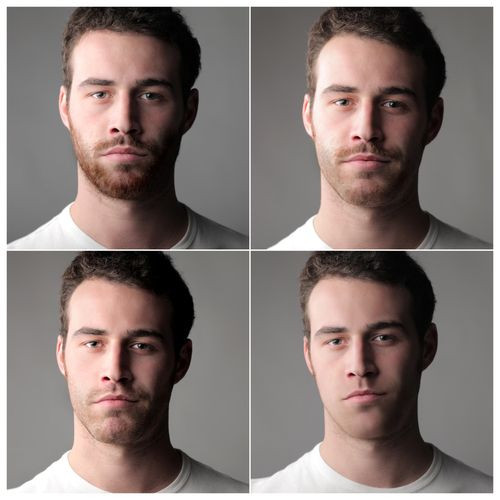Beard Today, Gone Tomorrow: Scientists Explain How Attractiveness Is Controlled By The Hipster Trend

Beards, like long skirts, are fashionable one day, a boring trend the next. Yet a team of researchers from the University of New South Wales has discovered an explanation as to why. They found that when beards are rare, women consider them more attractive, yet when beards become common, women consider a shaven look more attractive. What the researchers believe their experiments prove is the impact of an evolutionary concept known as negative frequency dependency — essentially, rare traits enjoy an advantage in the mating game.
In the wild, natural selection based on negative frequency dependence is apparent among the evolutionary patterns of several species. Past studies of guppies, for instance, have found that males who sport rare combinations of colored spots are more likely to mate and less likely to be victims of predators. With more frequent mating, though, a rare color pattern will eventually become passé and at that point the trait will turn into an evolutionary disadvantage.
Understanding this principle, then, the New South Wales researchers hypothesized that rarity might also operate in the human world, reigning most fiercely within the realm of fashion: Could patterns of facial hair confer sexual advantages based simply on their scarcity?
Experimental Design
To investigate this question, the researchers constructed a simple experiment using a portfolio of photographs featuring 36 men. Each man had been photographed four times: when clean-shaven; with five days of growth (light stubble); 10 days of growth (heavy stubble); and with a full beard (untrimmed). Next, the researchers enlisted the help of 1,453 heterosexual or bisexual women.
The researchers showed the participants a set of photographs, manipulating how rarely (or frequently) each woman saw a beard type over the first 24 headshots. For example, a participant either saw all of the first 24 men clean shaven or all of the first 24 with full beards. (In a control group, the participants saw six men from each level of beardedness.) After seeing these initial 24 pics, the women rated 12 photographs for attractiveness. These final 12 photographs always included an even number of examples for each type of beard.
What beard types did the women find most appealing? When clean-shaven faces were rare in the first 24 pictures they saw, the women rated a clean shaven face as more attractive. When clean-shaven faces were common in the first 24 pictures, the women preferred the bearded photographs. Five- and 10-day stubble did not really vary in the attractiveness ratings, no matter how they were presented. “What this means is that, under experimental conditions at least, patterns of facial hair enjoy greater attractiveness when rare than when they are common,” wrote Professor Rob Brooks, author of the paper and director of the Evolution and Ecology Research Centre at UNSW.
All’s well in the lab, but what can a real man in the real world take from this experiment? Take Dan, from Beards.org, who wrote: "It's an ego trip. I loved being the only person in high school and in college with a beard." Well, according to this study, he's exactly right if popularity with the ladies is his goal. Swim against the tide, swim against the tide!
Source: Janif ZJ, Brooks RC, Dixson BJ. Negative frequency-dependent preferences and variation in male facial hair. Biology Letters. 2014.



























